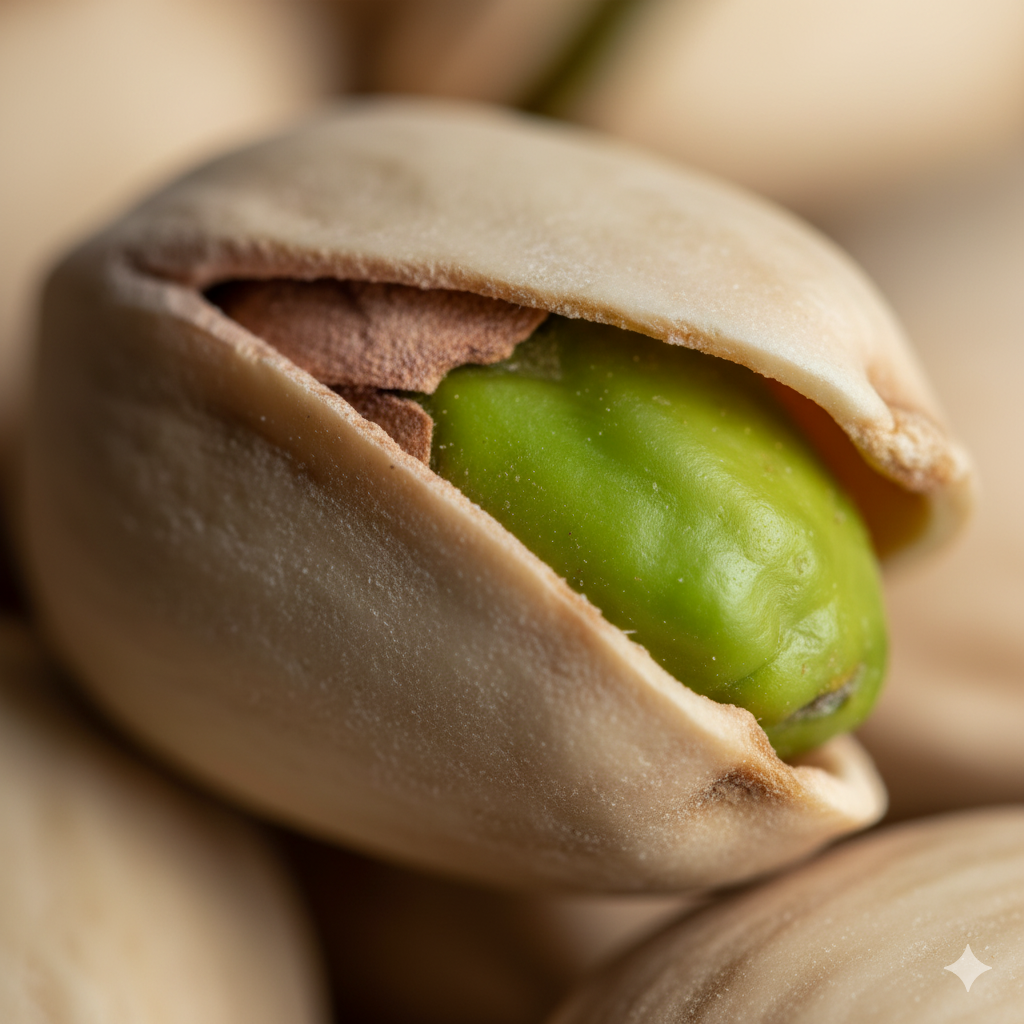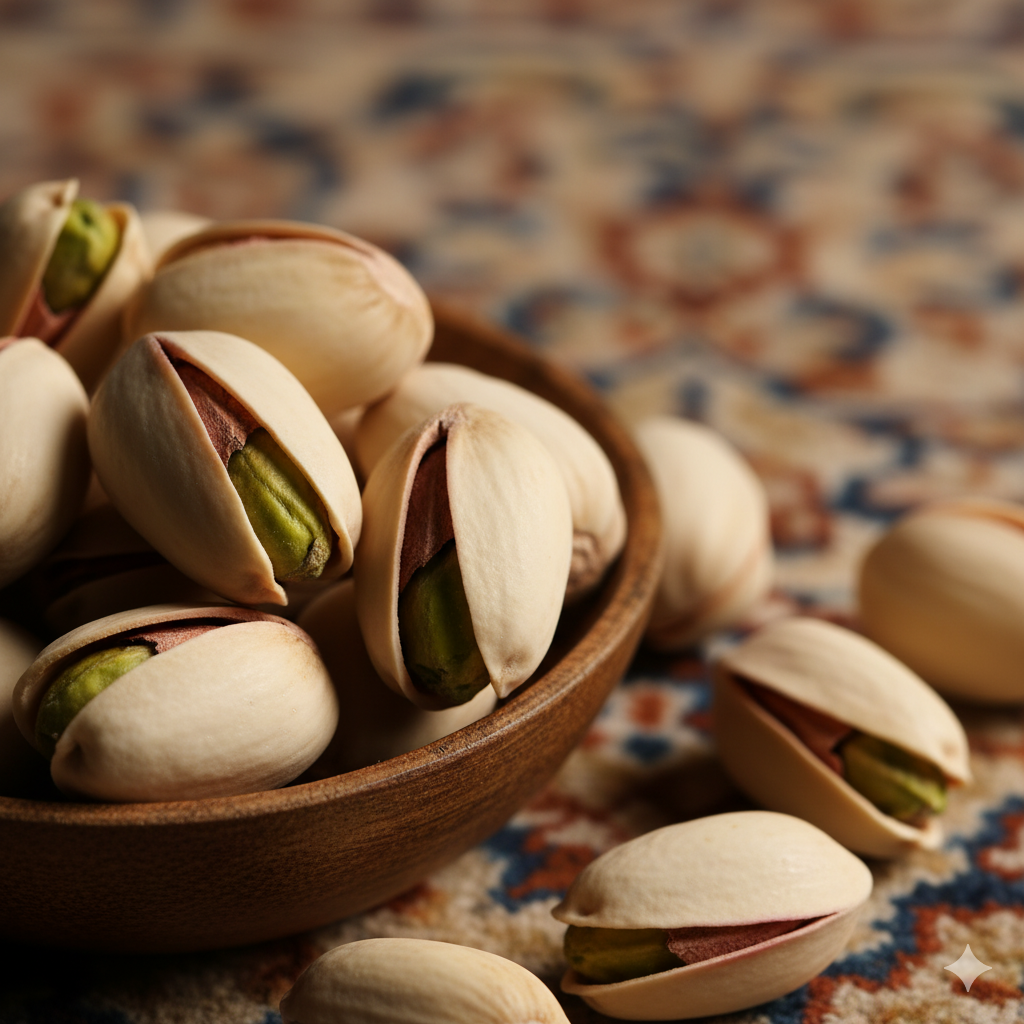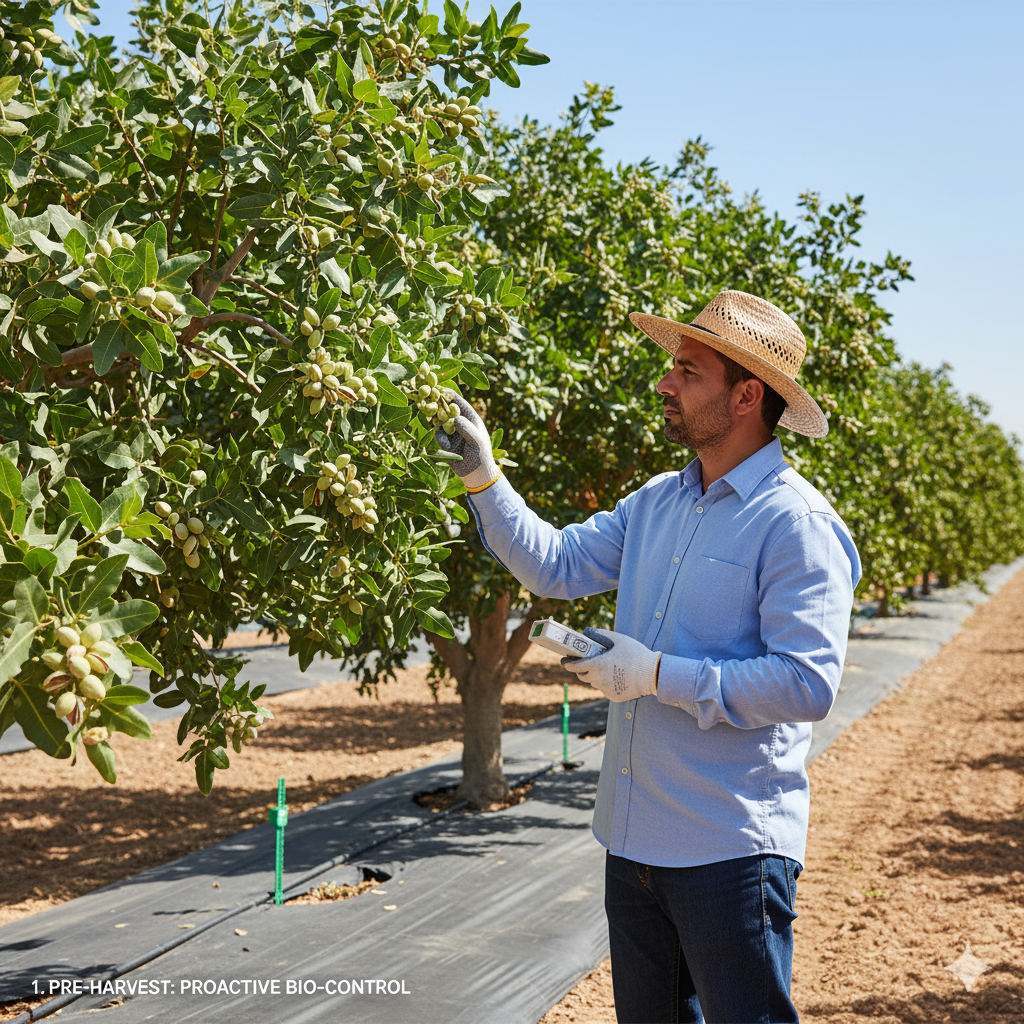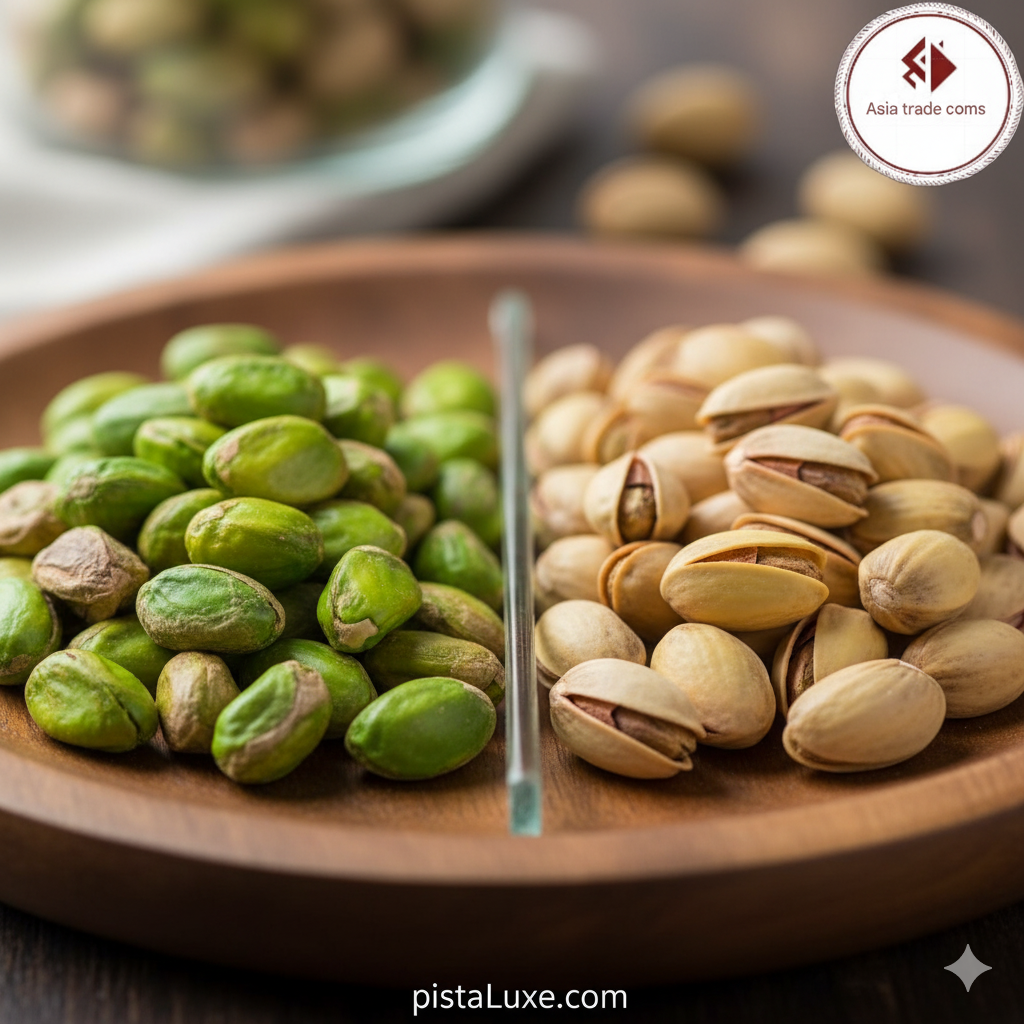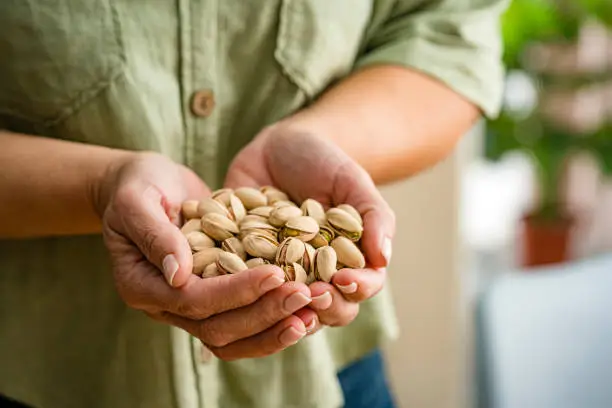
Pistachios are one of the most valuable nuts globally, cherished for their rich flavor, nutritional benefits, and high market demand. Thanks to Iran’s ideal climate and soil conditions, pistachio cultivation has become a highly profitable agricultural venture. If you’re interested in entering the world of pistachio farming or improving your current orchard, this comprehensive guide provides essential insights on how to cultivate high-quality pistachios efficiently.
Why Cultivate Pistachios?
Pistachios are a lucrative crop with excellent export potential and growing domestic consumption. They are drought-resistant, suitable for arid regions, and can be cultivated sustainably, making them an attractive investment opportunity for farmers and investors alike. Properly managed, pistachio orchards can produce high yields for decades, offering long-term income.
Key Steps in Pistachio Cultivation
1. Selecting the Right Location
The success of your pistachio orchard begins with choosing an appropriate site. Pistachios thrive in regions with hot, dry summers and cool winters. The ideal elevation varies but generally ranges from 600 to 1000 meters above sea level. The soil should be well-drained, with a pH level between 7.0 and 8.5. Avoid waterlogged or heavy clay soils that can harm root health.
2. Preparing the Land
Prepare your land by clearing weeds, rocks, and debris. Conduct a soil test to assess fertility and pH. Improve soil structure through organic amendments or compost, ensuring optimal conditions for root development. Proper land preparation lays the foundation for healthy, productive trees.
3. Choosing the Right Saplings
Select high-quality, disease-free pistachio saplings adapted to your local climate. Common cultivars include Kerman, Ahmad Aqaie, and Fandoghi, each offering different nut qualities and harvest timings. Consider grafted saplings for better yield and disease resistance. Plant during early spring or fall, avoiding extreme weather conditions.
4. Planting and Spacing
Space trees approximately 6 to 8 meters apart, depending on the cultivar and rootstock. This allows adequate airflow and sunlight penetration, crucial for fruit development and disease prevention. Dig holes deep enough to accommodate the root ball, and water the saplings thoroughly after planting.
5. Watering and Fertilization
Despite their drought tolerance, pistachios require regular watering during establishment and critical growth stages. Drip irrigation is ideal for efficient water use. Fertilize according to soil test results, focusing on nitrogen, phosphorus, and potassium. Organic matter and micronutrients can enhance tree vigor and nut quality.
6. Pest and Disease Control
Common pests include pistachio psyllids, aphids, and scale insects. Diseases such as Verticillium wilt and root rot also pose risks. Implement integrated pest management (IPM) strategies, including biological controls and minimal pesticide use, to protect your orchard sustainably.
7. Pruning and Maintenance
Regular pruning promotes healthy growth, encourages airflow, and facilitates harvesting. Remove dead or overcrowded branches. Monitor the trees for signs of pests or diseases and respond promptly to issues.
8. Harvesting
Pistachios are typically harvested in late summer to early autumn once the hull color changes and the shells split naturally. Carefully harvest to prevent damage and ensure clean nuts. Post-harvest, dried pistachios should be stored in cool, dry conditions to preserve freshness and quality.

Interested in high-quality pistachios or expert consultation? Contact Mr. Ravan Shad on WhatsApp:
Mr. Ravan Shad
WhatsApp
+989214773705
Tips for Maximizing Pistachio Yield and Quality
- Choose cultivars suited to your climate for better yield and disease resistance.
- Maintain proper irrigation without overwatering.
- Use organic fertilizers and soil amendments to improve soil health.
- Regularly monitor and control pests and diseases.
- Harvest at the optimal time for premium nut quality.
- Invest in good orchard management practices for long-term productivity.
Conclusion
Pistachio cultivation is a rewarding crop with the potential for sustained profitability. Success depends on careful planning, proper site selection, quality saplings, consistent maintenance, and timely harvesting. By following these guidelines, you can establish a fruitful orchard and produce premium pistachios that meet market standards.
Interested in high-quality pistachios or expert consultation? Contact Mr. Ravan Shad on WhatsApp:
Mr. Ravan Shad
WhatsApp: +989214773705


